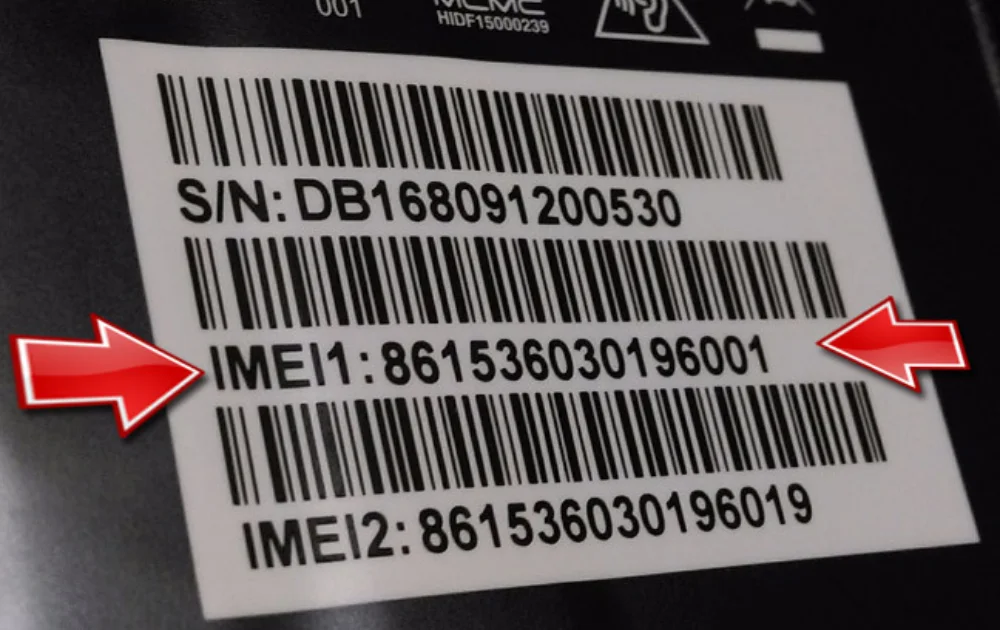If you are using your mobile device to read this content, an IMEI number comes with it. IMEI is a unique 15-digit identification number associated with every mobile device.
The number is connected with eSIM to verify the authority of the mobile while joining a network. Moreover, both technologies have an important relationship.
Do you want to be tech-savvy? In this modern world, you should have a basic understanding of how technology works.
The IMEI number is related to your phone’s security system.
Therefore, having a clear idea about what IMEI is and how it is connected with eSIM makes sense, doesn’t it? Time to dive into the in-depth discussion.
What Is iMEI?
IMEI stands for International Mobile Equipment Identity. It is a unique number that identifies each mobile device when it enters the carrier network. The 15-digit number is used for various purposes, from securing the device to authorizing it.
Like the VIN (Vehicle Identification Number), the iMEI is almost like this. No matter what mobile device you use and where you are located, the iMEI should be there with your mobile phone.
Let’s say your phone has been stolen. In this case, you can track your phone with the help of the mobile device identifier.
Your mobile carrier will use the International Mobile Equipment Identity or IMEI number to locate your phone.
The concept of the iMEI number came to light in the 1980s. Its sole purpose was to manage network access and prevent fraud. Among the 15 digits, the first two denote the organization responsible for allocating devices.
The next six refer to the mobile phone’s model and manufacturer. The following six are unique to the phone, and the last one is for validation purposes.
How to Find the IMEI Number on Your Mobile Device?

There are some possible ways you can find access to the unique identifier number of your phone. Here’s what you can follow;
- Method 1: Dial *#0 on your phone and press call. You’ll see the IMEI number on the screen. This is applicable for both iPhone and Android devices.
- Method 2: Go to Settings > About Phone > Status > IMEI Information for Android. To find the IMEI number on your iPhone, go to Settings > General > About > IMEI.
- Method 3: You can also look for the IMEI number on your device. Depending on the mobile phone you are using, it can be in the SIM tray or the battery compartment.
- Method 4: Check the packing of your phone. The IMEI number is often written there.
What Is the iMEI Number Used For
What is the role of your name? Just kidding! You know what I mean? Well, there are some very valid reasons why the IMEI number exists on our phone. The most important one is device identification. Hope this makes sense.
Theft Prevention
You have heard about phone tracking before. This is very often done when someone’s phone has been stolen. Now, with the IMEI number, the carrier can locate the phone, which plays a leading role in theft protection. The carrier can then block the device on the network, making it difficult to use.
Network Connectivity
A mobile device alone can come into the network coverage. For this, the SIM or eSIM is required. Now in order to perform the task of network activation, the carrier asks for the IMEI number.
When you activate your SIM card into a new device, the network checks its IMEI number to make sure it’s not flagged as stolen or blacklisted. If blacklisted, you will not have access to the mobile network.
Device Tracking
Apart from the theft prevention measure, the iMEI is also used to track devices for several purposes.
However, this may require specific conditions and permissions. Usually, the government or law enforcement department has the right to track devices with mobile device identifier numbers.
How Is the iMEI Number Connected to eSIM?
The iMEI number and eSIM are two different technologies. But in order to get a QR code for eSIM on your iPhone or Android, the iMEI number comes into play. Carriers use the IMEI to verify the authenticity of a device and ensure it’s authorized to access their network.
Plus, some devices, like Pixel 3a, allow both physical and eSIM at the same time. In this case, a device may have IMEI 1 for the physical SIM and IMEI 2 for the eSIM. But for the eSIM, the unique identification number is called EID, which stands for Embedded Identity Document.
By the way, if you are looking to purchase eSIM, Pirate Mobile can be the best place. We offer high-class connectivity seamlessly across the world.
Final Words
Now you know what iMEI is and how it is associated with eSIM. Knowing this can help you activate eSIM on your mobile device and keep it secure from hackers.
Make sure you avoid sharing your IMEI number online or with anyone you don’t trust. If your phone is stolen, report it to your mobile carrier and local law enforcement immediately.

Leave a Reply